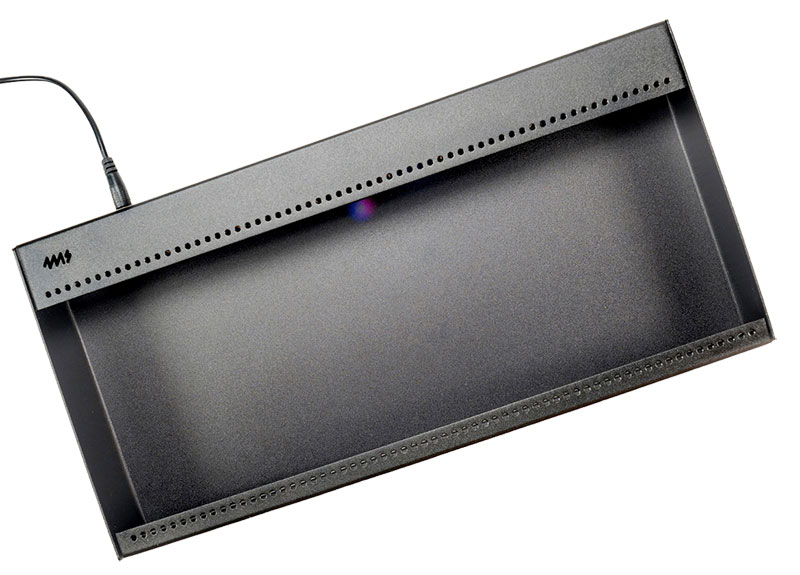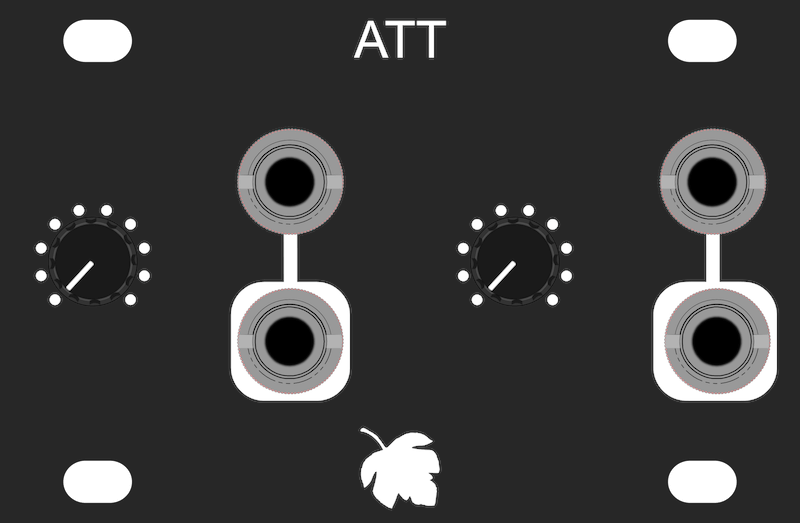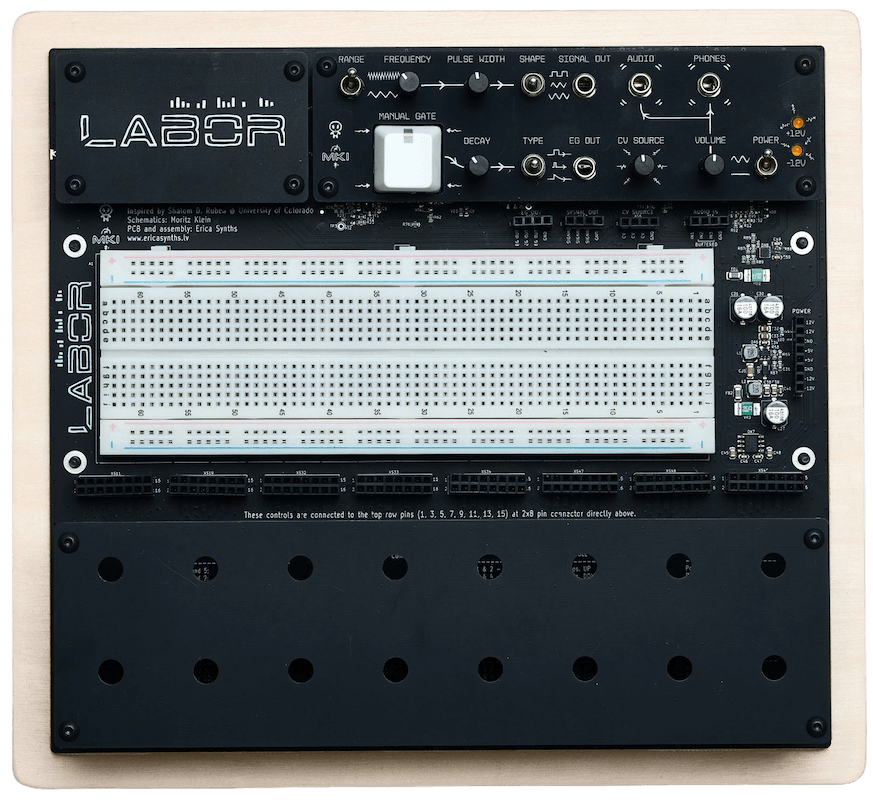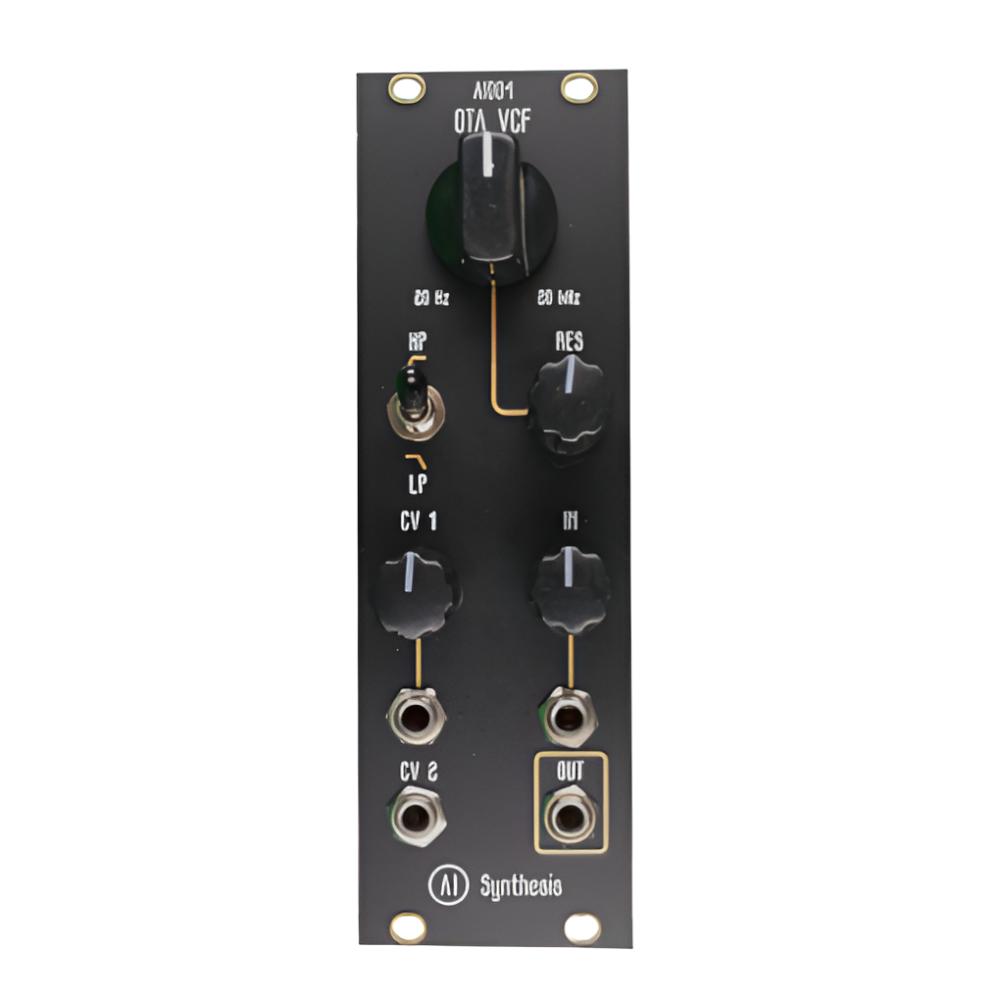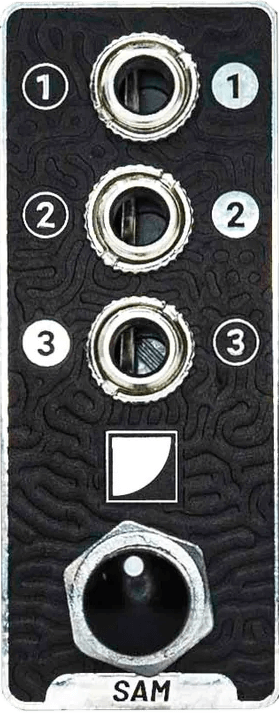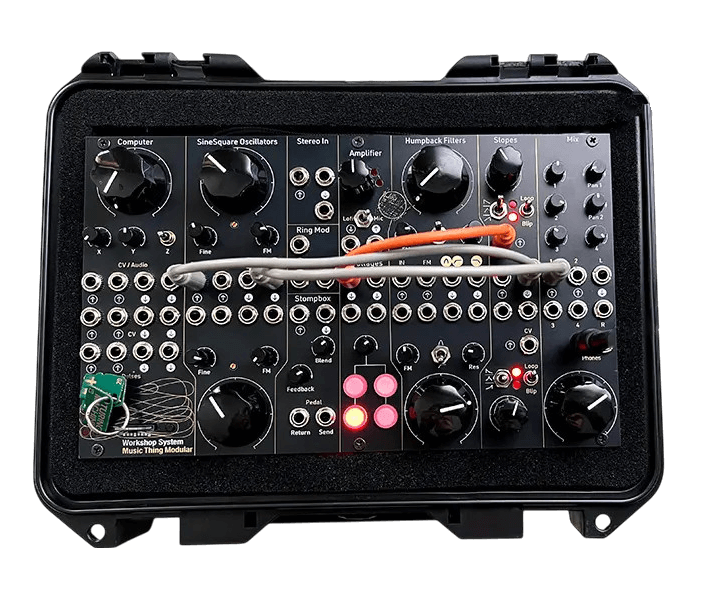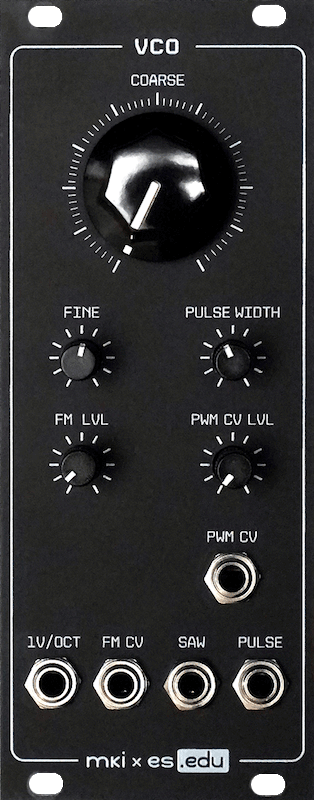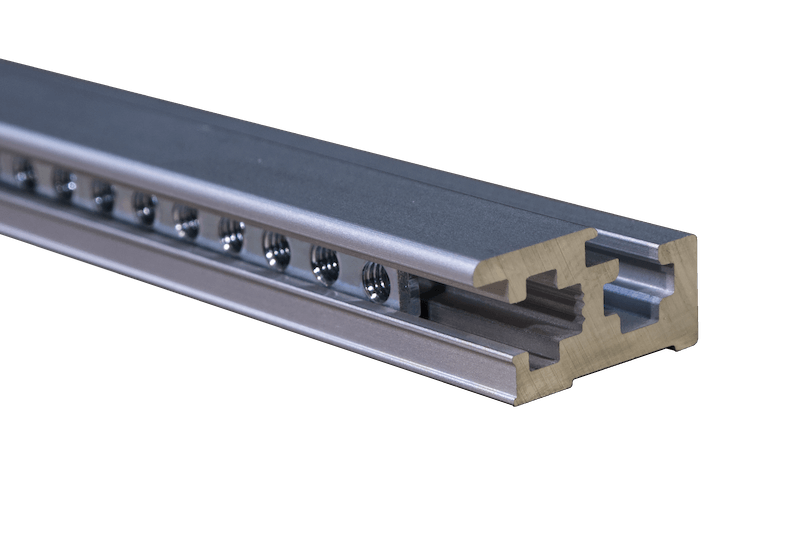Getting Started with Synth DIY
Starting out with Eurorack synthesizers can feel overwhelming — there’s a lot to learn. And if you’re diving into DIY kits, there’s even more to consider. To help you find your way through the essentials, we’ve gathered the most important things you need to know, from the basic tools for assembling synth DIY kits to the core electronic concepts that will help you better understand your modules and machines.
DIY Start
for building synth DIY kits there are only a hand full of tools, you will need.
1. Soldering Iron
2. Pliers
3. Multimeter
4. De-soldering
5. Tip Cleaner
6. Screwdriver
Eurorack Start
There are two main ways to start your journey into modular synthesis:
using a semi-modular synth, or
building a Eurorack system from scratch.
Semi-modular synths are plug-and-play — no case or power supply required — making them an easy entry point.
If you prefer full flexibility, you can start right away with a Eurorack case, which lets you choose from the full range of available modules. Just remember: you’ll need a case with a bipolar power supply.
1. Case & Power
2. Cables
3. First Modules
Final Thoughts
Building and playing Eurorack synthesizers is one of the most rewarding ways to explore sound. Start small, learn the basics, and don’t be afraid to make mistakes — that’s part of the fun. Once you hear the first tones coming from something you’ve built yourself, you’ll understand why the world of modular synthesis is so addictive.
These guides are part of our effort to share practical knowledge about DIY synth building, tools, and Eurorack standards. We want them to be as clear and useful as possible, and we know there’s always room for improvement.
If you spot an error, think something could be explained better, or want to share your own DIY tips, please let us know. You can reach us at shop@exploding-shed.com or through our contact page .
Getting Started with Synth DIY
Starting out with Eurorack synthesizers can feel overwhelming — there’s a lot to learn. And if you’re diving into DIY kits, there’s even more to consider. To help you find your way through the essentials, we’ve gathered the most important things you need to know, from the basic tools for assembling synth DIY kits to the core electronic concepts that will help you better understand your modules and machines.
DIY Start
for building synth DIY kits there are only a hand full of tools, you will need.
1. Soldering Iron
2. Pliers
3. Multimeter
4. De-soldering
5. Tip Cleaner
6. Screwdriver
Eurorack Start
There are two main ways to start your journey into modular synthesis:
using a semi-modular synth, or
building a Eurorack system from scratch.
Semi-modular synths are plug-and-play — no case or power supply required — making them an easy entry point.
If you prefer full flexibility, you can start right away with a Eurorack case, which lets you choose from the full range of available modules. Just remember: you’ll need a case with a bipolar power supply.
1. Case & Power
2. Cables
3. First Modules
Final Thoughts
Building and playing Eurorack synthesizers is one of the most rewarding ways to explore sound. Start small, learn the basics, and don’t be afraid to make mistakes — that’s part of the fun. Once you hear the first tones coming from something you’ve built yourself, you’ll understand why the world of modular synthesis is so addictive.
These guides are part of our effort to share practical knowledge about DIY synth building, tools, and Eurorack standards. We want them to be as clear and useful as possible, and we know there’s always room for improvement.
If you spot an error, think something could be explained better, or want to share your own DIY tips, please let us know. You can reach us at shop@exploding-shed.com or through our contact page .

